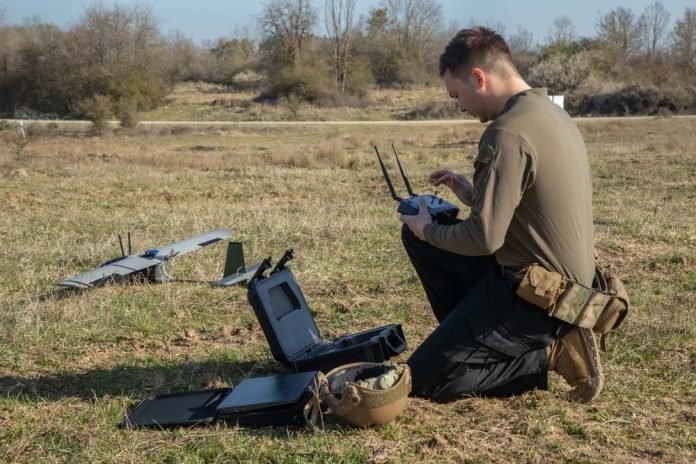Washington: In May and June of this year, US Army soldiers participating in exercise Combined Resolve 25-02 flooded the battlefield with small drones, the kind of UAS that have transformed combat everywhere from Ukraine to Myanmar in the last five years.
That the small drones have battlefield utility is hardly news, though. What was different about this exercise was that both sides were equipped with mobile 3D printers, as part of the Army’s push to wrap its hands around whether these kind of first-person view (FPV) drones can be produced near the front lines in an active combat scenario.
“Every unit right now that’s a [Transformation in Combat] TiC-based unit is trying to develop capabilities in-house to create these small UAS or FPV-style drones,” said Lt Col Dan Huff, the commander for the 1st Battalion, 4th Infantry Regiment which served as the opposing force (OpFor) for the exercise in Hohenfels, Germany,
“It really drives the cost down, and it allows us to be more nimble. … We don’t have to wait for something commercial off-the-shelf to be available,” he added.
One of the key findings from the exercise, is that the service needs to find a workable balance between using 3D printers on the battlefield and not just back on US soil, where divisions are printing out composite bodies and then adding in purchased components like engines and controllers.
“It’s relatively easy to do that when you’re in the United States: You have a facility that has power, air conditioning … and you have time to 3D print 100 drones, sit down, put them together, and then go fly them,” Col Nick Ryan, director of the Army Capability Manager for Unmanned Aircraft Systems, said recently.
“We’re trying to figure out what right looks like when you’re in a large-scale combat operation and you’re always having to constantly jump and move because you could be targeted by the adversary,” he added. “Is it really the right answer to have a brigade carrying around 3D printers in the back of a truck trying to print 100, 400, 500 of these things at a time, and fabricate them while on the move so they don’t get targeted by the enemy?”
While there isn’t an answer yet, Ryan surmised that one avenue could be for Army Material Command to print out the drone bodies en mass before delivering them forward to a cell of drone maintainers with 3D printers closer to the front lines, who in turn can assemble the drones and send them to the brigade combat team on the forward line.






